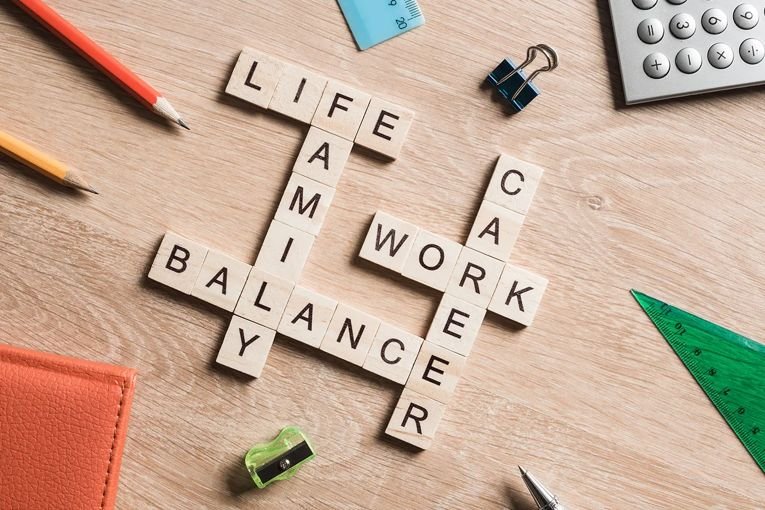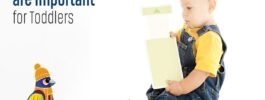The Power of Art in Problem-Solving
Art is a powerful tool that can foster creativity, critical thinking, and problem-solving skills in children. When children engage in artistic activities, they are encouraged to think outside the box, explore different perspectives, and come up with unique solutions to challenges. By integrating art into education, parents and teachers can create a learning environment that nurtures problem-solving skills in children.
Encouraging Creativity and Innovation
Art encourages children to think creatively and innovatively. Through art activities, children are given the freedom to express themselves without limitations. This creative freedom allows children to explore new ideas, experiment with different materials, and develop their own unique artistic style. By fostering creativity through art, parents and teachers can help children develop the ability to approach problems from multiple angles and come up with innovative solutions.
Developing Critical Thinking Skills
Art can also help children develop critical thinking skills. When children engage in art activities, they are required to make decisions, analyze information, and evaluate their work. This process of critical thinking can be applied to problem-solving in other areas of life. By encouraging children to think critically about their art projects, parents and teachers can help them develop the skills needed to tackle complex problems and make informed decisions.
Building Confidence and Resilience
Engaging in art can boost children’s confidence and resilience. When children create art, they are taking risks, making mistakes, and learning from their experiences. This process of trial and error helps children develop a growth mindset, where they see challenges as opportunities for growth rather than obstacles. By encouraging children to persevere through artistic challenges, parents and teachers can help them build the resilience needed to tackle problems in other aspects of their lives.
Creating a Supportive Environment
Parents and teachers play a crucial role in encouraging problem-solving through art. By creating a supportive environment where children feel free to explore, experiment, and make mistakes, parents and teachers can empower children to develop their problem-solving skills. It is important for parents and teachers to provide constructive feedback, praise children’s efforts, and celebrate their successes to foster a positive attitude towards problem-solving.
Integrating Art Across the Curriculum
To maximize the benefits of art in developing problem-solving skills, parents and teachers can integrate art across the curriculum. Art can be incorporated into subjects such as science, math, history, and language arts to provide children with a holistic learning experience. By connecting art to other academic disciplines, parents and teachers can help children see the relevance of problem-solving skills in various contexts and develop a well-rounded approach to learning.
Encouraging Collaboration and Communication
Art can also promote collaboration and communication skills in children. When children work on art projects together, they learn to share ideas, listen to others, and work towards a common goal. These collaborative experiences help children develop teamwork skills, empathy, and effective communication – all of which are essential for problem-solving in real-world situations. By encouraging children to collaborate on art projects, parents and teachers can help them build the social skills needed to solve problems collectively.
Embracing Mistakes as Learning Opportunities
In the creative process, mistakes are inevitable and valuable learning opportunities. Parents and teachers should encourage children to embrace their mistakes, learn from them, and use them to improve their problem-solving skills. By creating a safe space where children feel comfortable taking risks and making mistakes, parents and teachers can instill a growth mindset that values perseverance, resilience, and continuous improvement in problem-solving.







